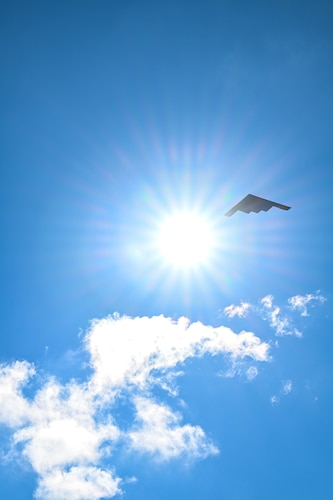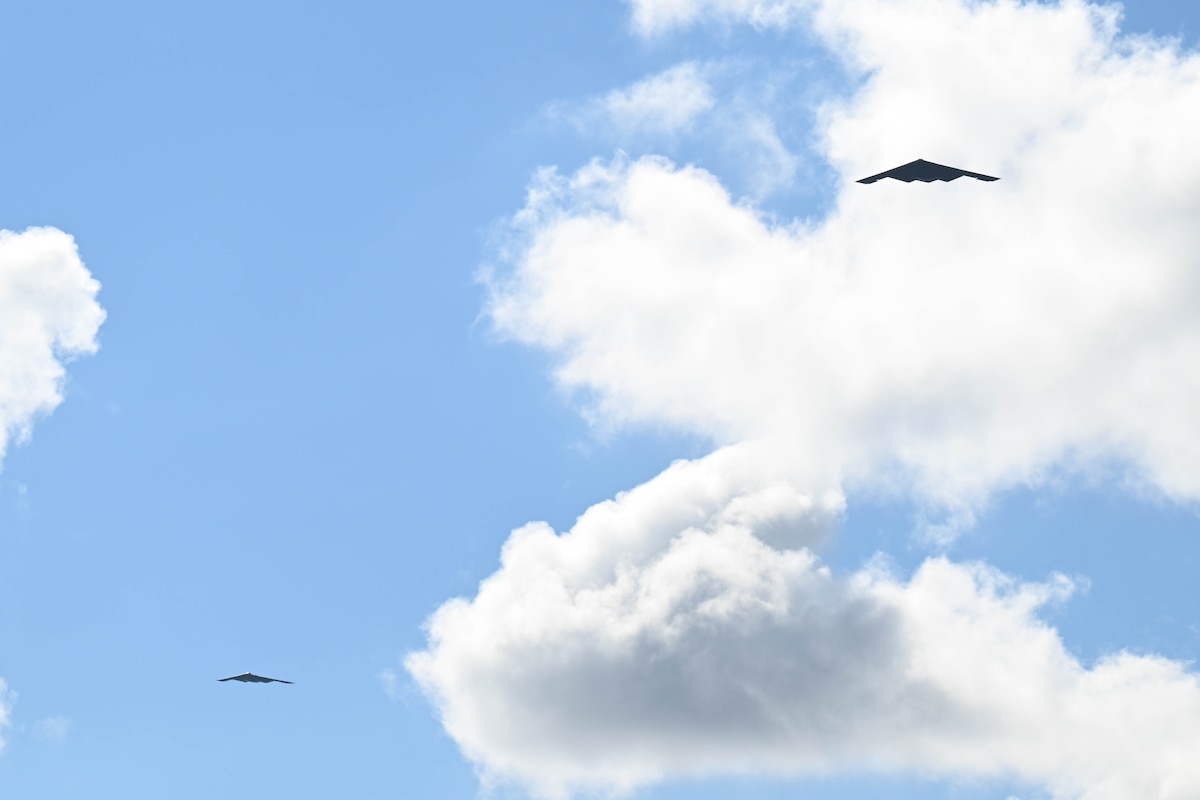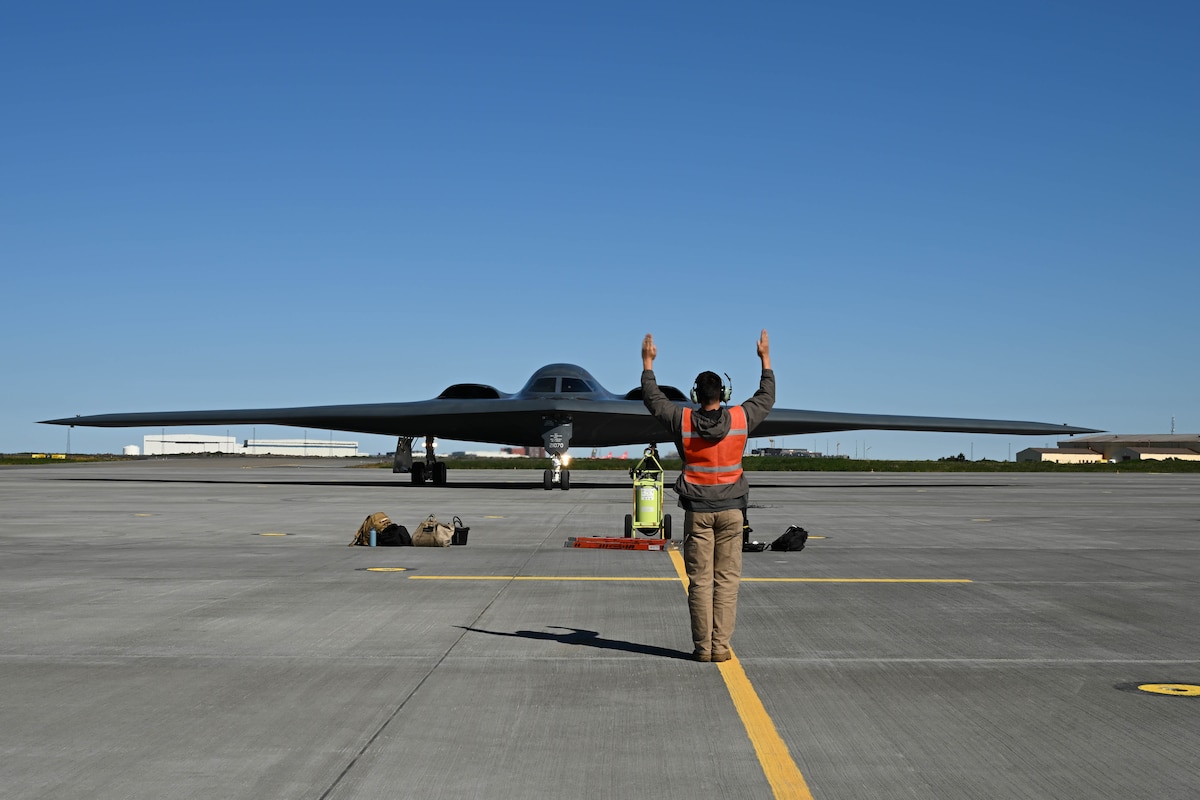Over 150 Airmen and three B-2 Spirits from Whiteman Air Force Base, Missouri, arrived at Keflavik Air Base, Iceland Aug. 13. Their purpose is to engage in Bomber Task Force missions, a vital component of U.S. European Command's collaborative training efforts with allies, partners and U.S. joint forces.
Around the globe, U.S. Strategic Command routinely orchestrates BTF operations to not only showcase the United States' commitment to collective defense but also to seamlessly integrate with operations conducted by America's geographic combatant commands. This BTF initiative was designed to bolster USEUCOM's overarching security mandates across the European continent while also affording aircrews the opportunity to acclimate themselves to the intricacies of joint and coalition operations in foreign locations.
"Each bomber task force mission underscores the prowess of our armed forces in navigating today's intricate and unpredictable global security terrain, with a focus on fostering stability, security and freedom across Europe," said Gen. James Hecker, commander of U.S. Air Forces in Europe and U.S. Air Forces Africa and NATO Allied Command. "In resolute unity, the U.S. upholds our nation's commitment to foster peace and stability in Europe, unwaveringly collaborating with allies and partners to thwart challenges against the sovereignty of nations across the region."
Leading the expeditionary bomber crew on their deployment is Lt. Col. Andrew Kousgaard, the commander of 393rd Bomb Squadron. He underscored the essence of dynamic force employment, describing it as a strategy that combines strategic unpredictability with operational adaptability. Lt. Col Kousgaard affirmed, "The B-2 bomber is arguably the most strategically significant airplane in the world, but that doesn't mean it's inflexible; dynamically deploying the bombers forward is a unique and important capability."
The presence of the B-2 at Keflavik AB serves as a tangible link between U.S. Air Force personnel and their counterparts in the theater of operations. This connection facilitates collaborative training, ultimately increasing interoperability and underscoring the unwavering dedication of the United States to the region.
Elaborating on the importance of joint training exercises with allies, Kousgaard highlighted his unit's role in enhancing collective military capabilities and increasing the probability of successfully accomplishing shared objectives. He emphasized, "There is simply no substitute for the hands-on integration with our allies and partners that we're able to accomplish during a BTF deployment like this one."
Beyond bolstering combat readiness, the BTF initiative enables Airmen to engage in a wide spectrum of military operations, encompassing everything from combat missions to humanitarian aid and disaster relief efforts.
Bomber Task Force Europe provides U.S. and NATO leaders with strategic options to assure, deter and defend against adversary aggression against the alliance, throughout Europe, and around the globe. Regular and routine deployments of U.S. strategic bombers provide our critical touchpoints to train and operate alongside allies and partners while bolstering our collective response to any global conflict.










